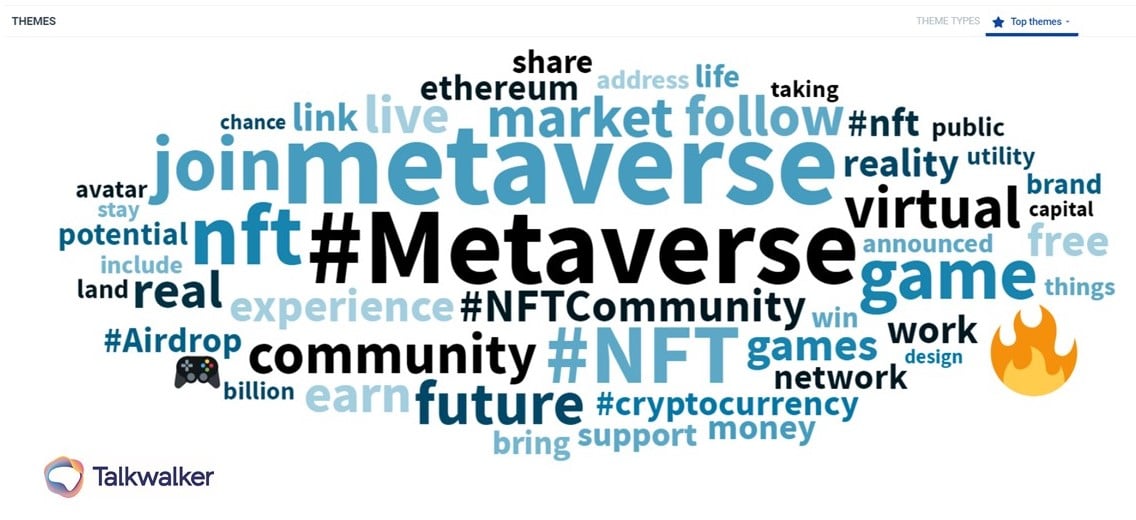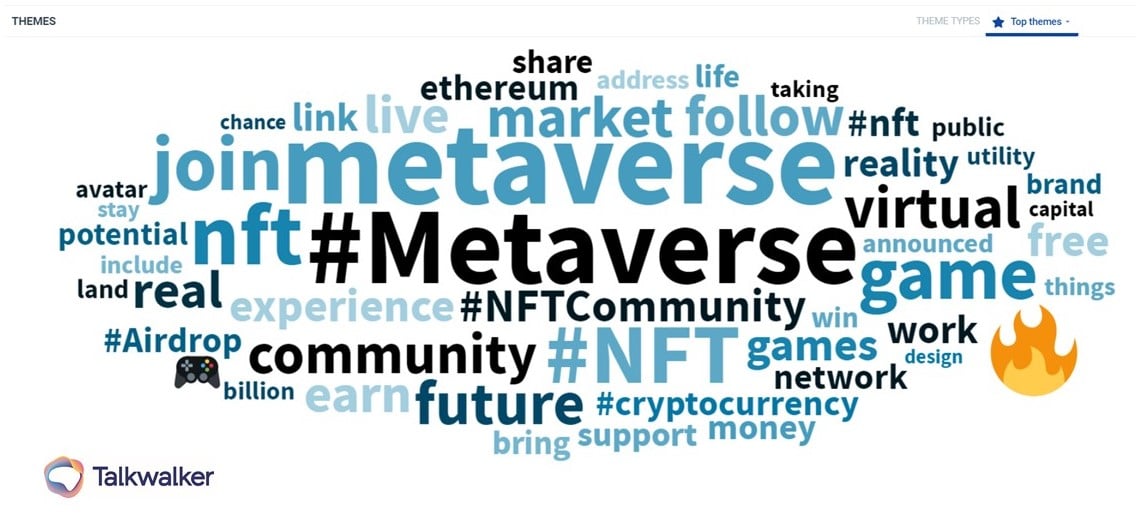Shape your brand for a successful tomorrow
1. If you could summarize, what are the top 3 challenges faced by brands and marketers today in the e-commerce industry? It would be interesting to learn how e-commerce brands are adapting to the rise of AI and the metaverse in the industry.
First of all, KYC - knowing your customer, understanding consumer demands including underlying needs, so as to optimize consumption scenes and products, is always the biggest challenge for e-commerce practitioners. Secondly, how to use cutting-edge technology to continuously improve the shopping experience of consumers is also a problem that e-commerce operators need to think about.
For example, in recent years, technologies such as AI (artificial intelligence) algorithms, metaverse, VR (virtual reality), and e-commerce live streaming have gradually become popular. How to use these technologies to make consumers’ shopping experience more intelligent and interesting is a potential growth opportunity that e-commerce operators should explore.
For example, Shoplazza has launched AI algorithm tools such as personalized recommendations to help our merchants display products in a more intelligent way, thereby improving the sales conversion for the stores. In the future, we will conduct more in-depth explorations in AI and metaverse technologies to help merchants operate stores more intelligently.

Talkwalker theme cloud around the topic of the metaverse
Finally, how to reach consumers in an efficient way is also a very key issue for e-commerce operations. Especially for DTC (direct-to-consumer) brands that are just starting, facing global merchants, they can better open their doors to the overseas markets through effective traffic acquisitions, talent introduction and training, overcoming cognitive gaps, and quickly realizing localized operations to avoid "environmental inadaptability".
2. Based on your forecast, what would be the top 3 challenges faced by brands and marketers tomorrow in the e-commerce industry?
From a long-term perspective, for DTC merchants, insight into consumer demand is the core foundation of brand development. On this basis, establishing an effective emotional connection with consumers can help brands build stronger consumer stickiness and form brand recognition, thereby precipitating the brand's own traffic pool, which is the driving force for the brand’s long-term development.
Finally, pay attention to the development and application of new technologies and tools, and use effective tools to make operations easier and more efficient, which can help merchants focus on the brand operation itself and help brands reach a wider audience and access.
3. Where is consumer intelligence the most useful in addressing these gaps between the brand and consumer?
Take the application of AI in the field of e-commerce as an example: with the rise of online shopping, consumers' shopping behavior today is more direct, and they often expect to find the products they want in a short period of time.
Based on this, we can use technologies such as AI algorithms to recommend products that consumers are interested in, thereby improving consumers' shopping experience and product sales. In addition, we can also predict future consumption trends and consumer needs based on intelligent algorithms to help merchants improve operational efficiency.
4. Being consumer close is all about connecting brands to their consumers. How would you describe ‘consumer closeness’ in the language of a brand or marketer?
Looking at the evolving history of e-commerce brands at home and abroad, the current DTC brands can be roughly divided into two types: "efficient enterprises" and "emotional brands". Efficient enterprises are typical distribution-oriented sellers, which account for a relatively large proportion of merchants globally. They are characterized by batch stores, batch brands, and batch drainage, pursuing the highest efficiency of supply chain and personnel management.
The "emotional brand" is based on consumer psychology research, with high brand premium and high consumer stickiness. Overseas e-commerce includes a POD mode (Print on Demand, that is, on-demand customization). For example, a necklace costs only 50 yuan, but it can be sold for 20 dollars with the photo of someone’s family or pet.
This is typical of achieving high premiums by establishing an emotional connection with consumers. Of course, the challenge is also obvious. An "emotional brand" must have a very strong supply chain, which can materialize the things of retreat, and cater to their consumer psychology from the perspective of consumers' emotions. This way, when consumers are faced with many product choices, but are more inclined to a certain brand, it shows that the brand has established an effective emotional connection with consumers and provided consumers with emotional value.
Download the Shape Tomorrow report
5. What would be your advice to the brands and marketers in your industry, on how they should stay relevant, or shape the future of the e-commerce industry?
Focus on consumer demands, polish your products, find the positioning and marketing strategies for your products and build your own brand. For e-commerce DTC brands, this is an opportunity to make the product recognized by consumers around the world, and it is also an opportunity to shape the corporate brand.
6. Name one or two campaigns (it could be your own or from a different industry) that epitomizes getting ‘close to your consumer’.
Take one DTC brand that Shoplazza serves as an example. Since its establishment, it has hoped to win consumers with good products that understand consumer needs, rather than just winning prices based on the advantages of the supply chain. This means that the founding team has been moving towards brand building from day one and realizing the path of differentiation and breakthrough.
After full communication, Shoplazza’s DTC solution team started with the construction of a customized and branded online store, and also provided the brand with integrated marketing services including EDM marketing, advertising, social media operation, event operation, user operation, KOL marketing, and affiliate marketing. Full case service including operation.
Throughout its overseas development path, deep cultivation of private traffic is this brand’s irreplaceable core strategy. In the early stage of the website's launch, it adopted EDM marketing to send thank you letters and pre-sale notices to seed users during the crowdfunding period, which received strong responses from seed users, and more than 80% of the orders came from old users.
Shoplazza has also developed a full set of overseas social media operation services, with Facebook, Instagram, and YouTube as the main positions for deep cultivation. Since Shoplazza started social media operations, it has gained more than 8,000 target followers.




